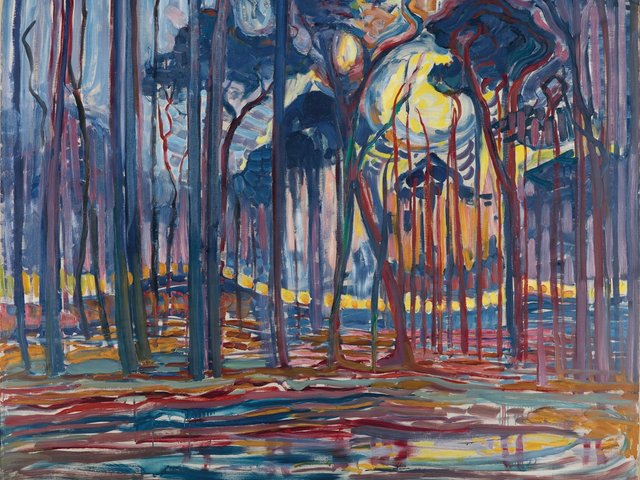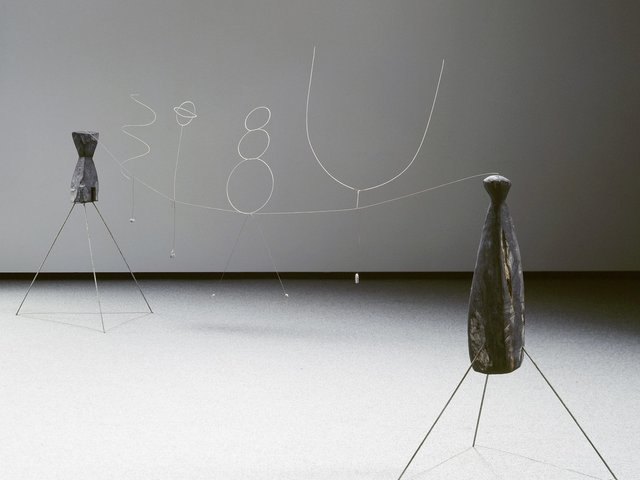Marlene Dumas: the Image as Burden, Fondation Beyeler, until 6 September
The Image as Burden ends its three-stop European tour at the Fondation Beyeler. With around 20 more works on display than the exhibitions at the Stedelijk Museum Amsterdam and Tate Modern in London, the Basel show is the largest European retrospective of Marlene Dumas’ work to date. It opens with The Painter (1994), a two-metre high oil painting of a “naked girl with paint on her hands and on her belly”, which acts as a statement of intent and “opens up a specific perspective, which we are following” throughout the show, curator Theodora Vischer says. The concentration on Dumas’s painting process culminates in the final room that shows off her source material alongside the pieces it inspired. J.S.
Paul Gauguin, Fondation Beyeler, until 28 June
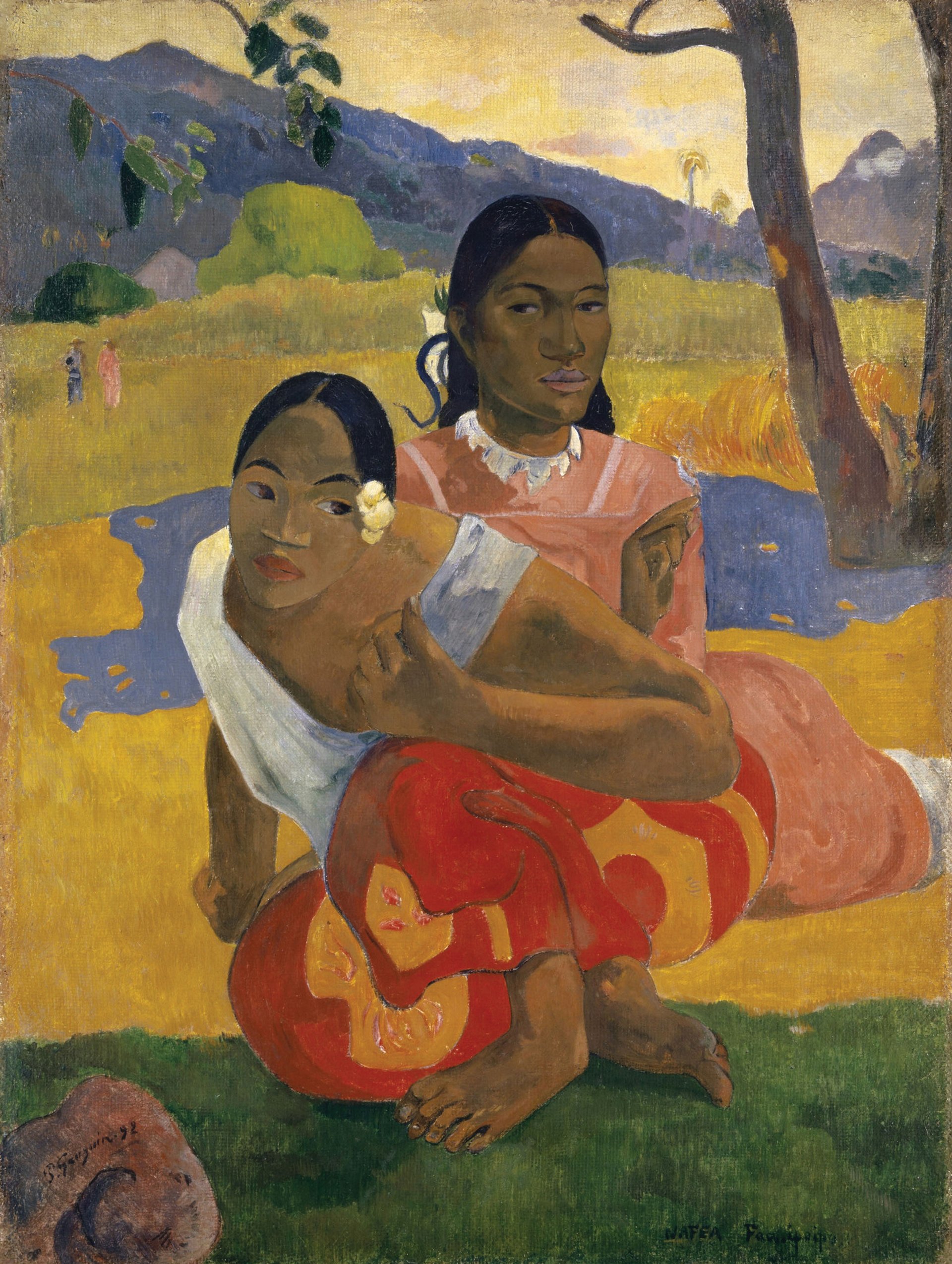
The Fondation Beyeler’s Paul Gauguin retrospective is the most ambitious exhibition mounted by the museum so far and has already set a new attendance record. After six years of work, the museum secured the loan of 50 paintings—including Nafea Faa Ipoipo (1892), which reportedly sold for $300m this year—and sculptures from 13 countries, hence its billing as the greatest exhibition of Gauguin’s work since “Gauguin: Tahiti” was held at the Grand Palais in Paris and the Museum of Fine Arts in Boston (MFA) in 2003. Raphaël Bouvier, the Beyeler show’s co-curator, aims to present Gauguin as “one of the forerunners of Modern art”. F.P.
Future Present, Schaulager, 13 June 2015–31 January 2016
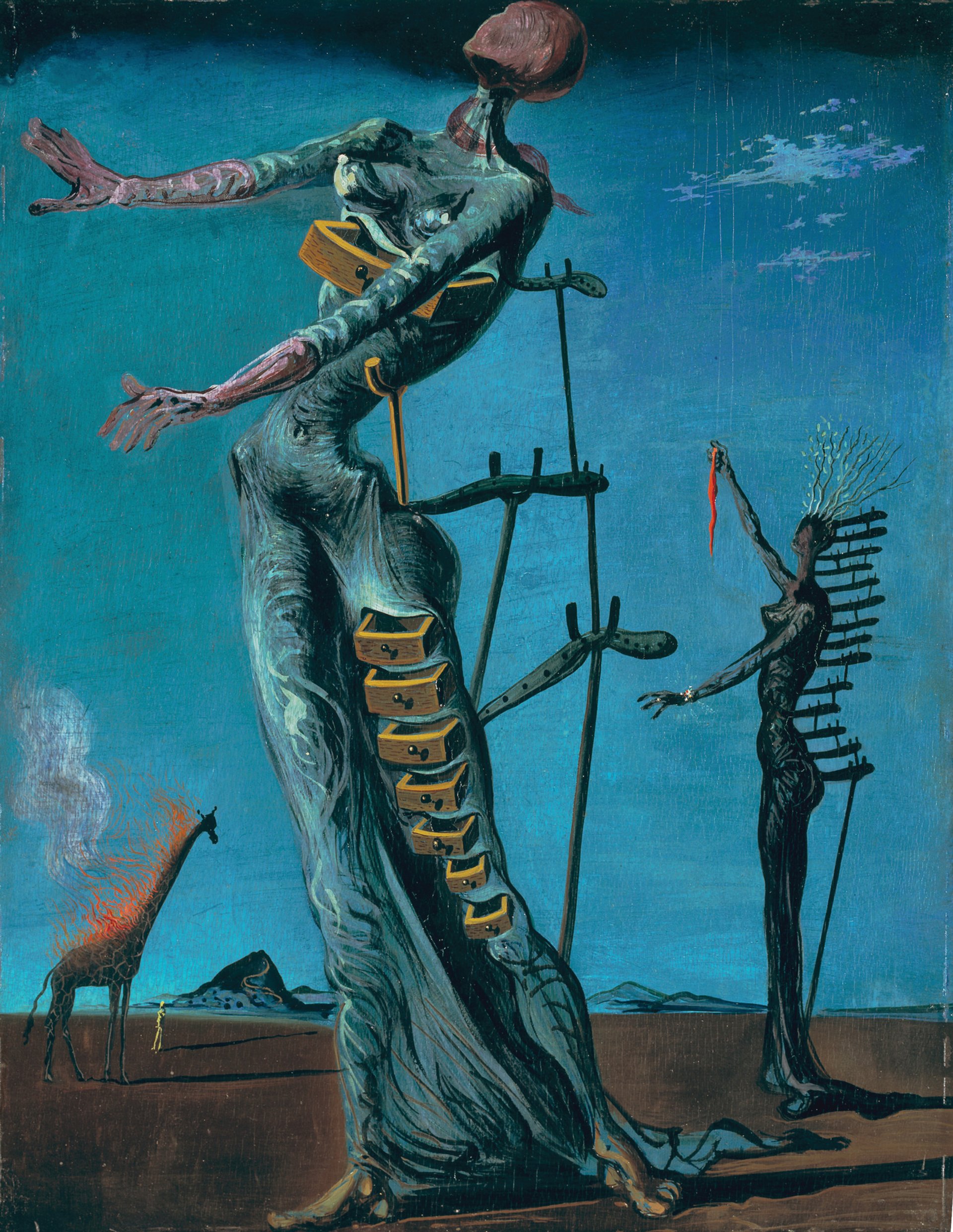
The art of the Emanuel Hoffmann Foundation returns to public view this month in a refreshed form. The Kunstmuseum Basel, which has displayed the collection on permanent loan since the 1940s, remains closed for renovation until the spring. In the interim, the Schaulager presents the first major exhibition of the works acquired by the foundation in recent decades. The title speaks to the original aim of the collection, founded in 1933 to promote the work of artists “whose means of expression are forward-looking and not yet generally understood by their own time”. The show will include around 300 works by 80 artists, ranging from Robert Delaunay and Salvador Dalí, Richard Tuttle and Mario Merz, to Cindy Sherman, Matthew Barney, Katharina Fritsch, Steve McQueen and Anri Sala. H.M.
Holbein, Cranach, Grünewald: Masterpieces from the Kunstmuseum Basel, Museum der Kulturen, until 28 February 2016; Cézanne to Richter: Masterpieces from the Kunstmuseum Basel, Museum für Gegenwartskunst, until 21 February 2016
This year, visitors to Basel will have an opportunity to see many of the Kunstmuseum’s greatest paintings in a fresh presentation. The current display of the highlights is in two main parts. The early Northern Renaissance masters, Holbein, Cranach, Grünewald, are at the Museum der Kulturen while the Modern pictures, Cézanne to Richter, are at the Museum für Gegenwartskunst.
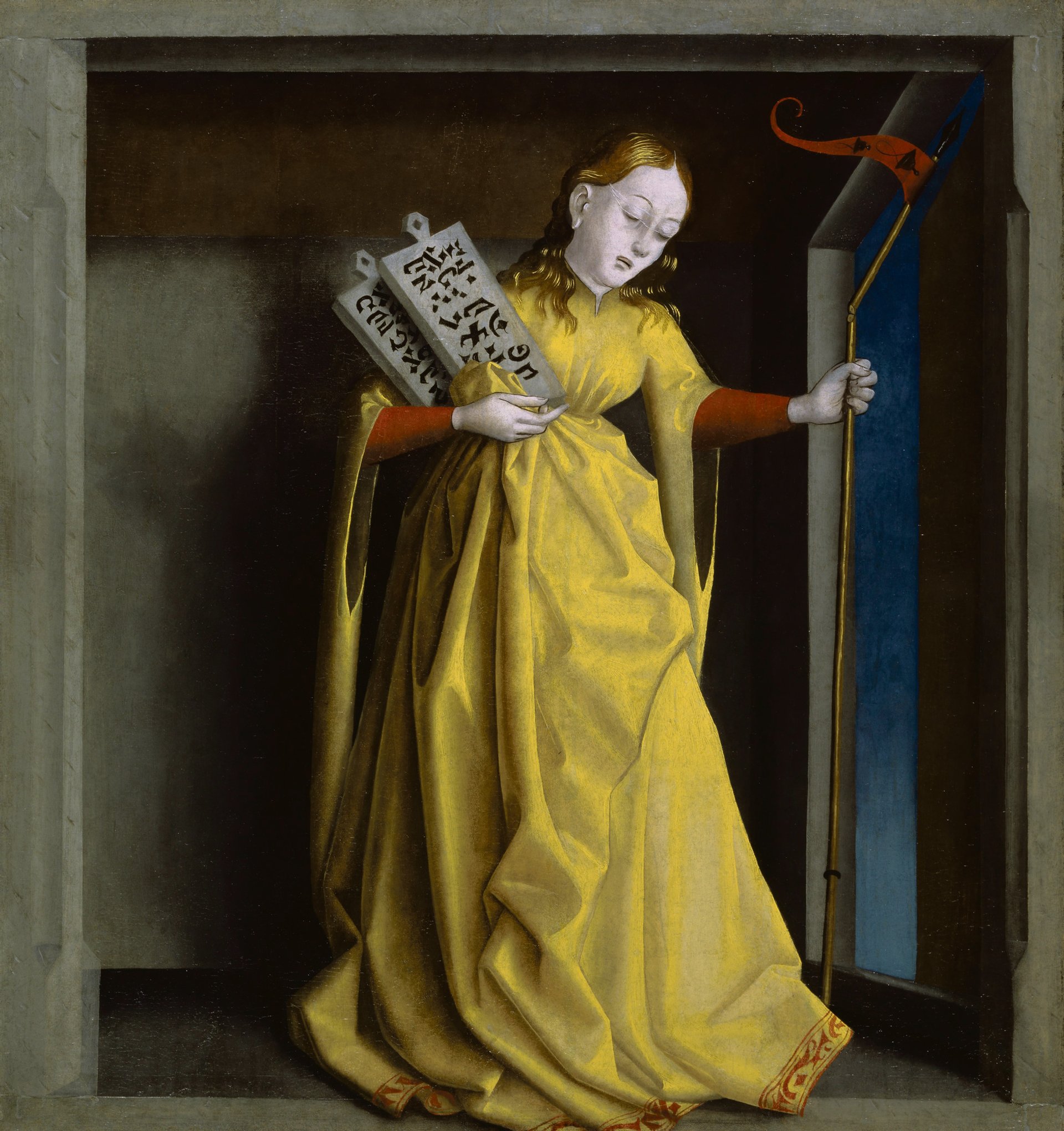
Holbein, Cranach, Grünewald, with 43 paintings, starts off with the striking images of Konrad Witz, who worked in Basel in the early 15th century. But the Kunstmuseum’s greatest treasure is the world’s finest collection of paintings by Hans Holbein the Younger, who began his career in the city.
Cézanne to Richter, with 63 works, is in the large sky lighted gallery and adjoining spaces of the Museum für Gegenwartskunst. It starts with a Pissarro landscape of Pontoise (1878) and ends with the newly-acquired set of four Richter paintings of the “Annunciation after Titian” (1973). M.B.
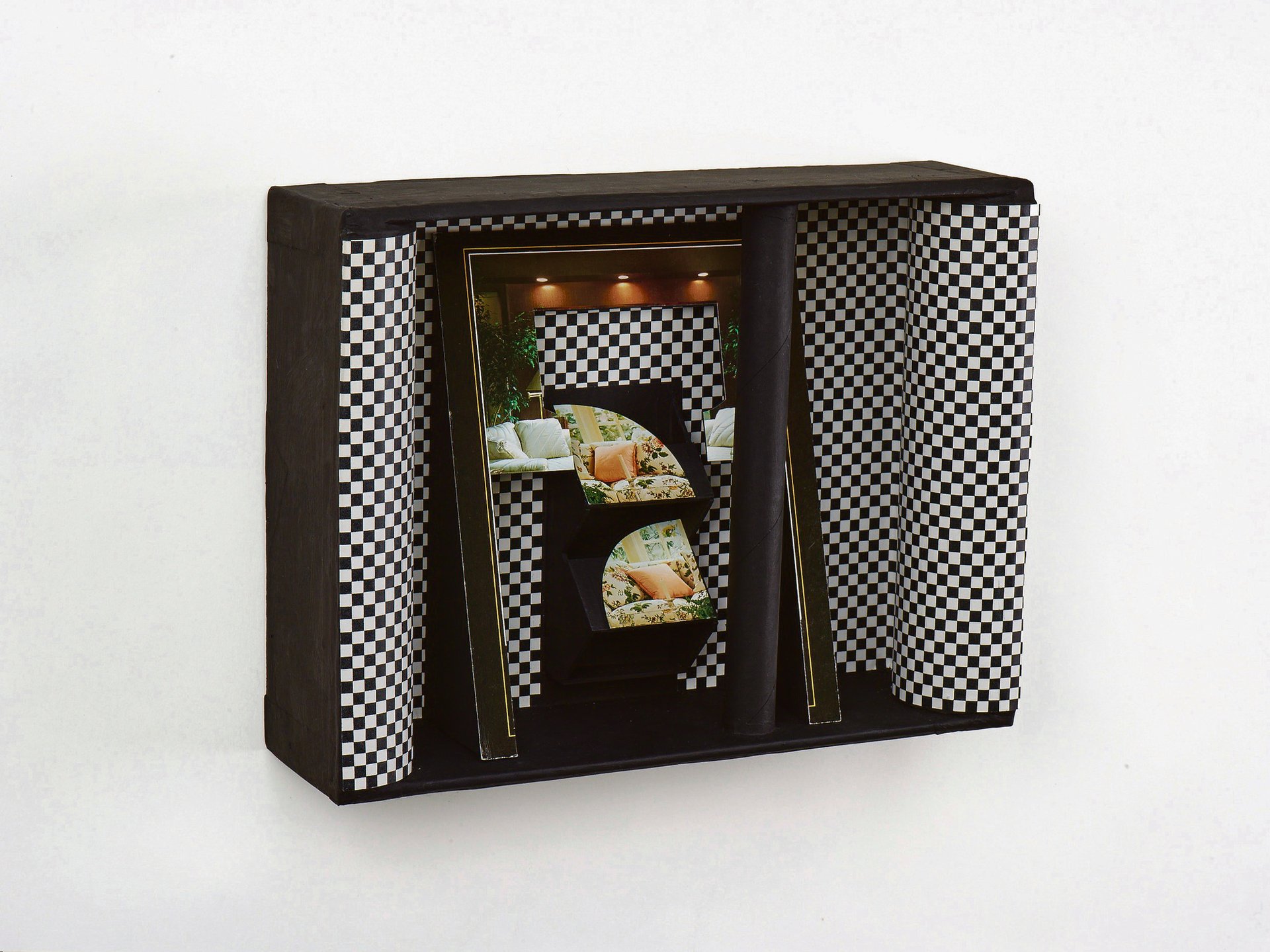
Vincent Fecteau: You have did the right thing when you put that skylight in, Kunsthalle Basel, 18 June–23 August
In Vincent Fecteau’s largest solo exhibition so far, a selection of his sculptures from 2000 to the present are displayed alongside 15 new wall pieces. The wall pieces—looking like high-end high school dioramas—are composed of a variety of readymade elements, painted black and with images of pillows taken from magazines applied on top. These wall pieces are some of the first three-dimensional collages Fecteau has created since the early 1990s, illustrating a return to origins. F.P

Kader Attia: Injuries Are Here, Musée cantonal des Beaux-Arts, Lausanne
22 May–30 August
Kader Attia is a contemporary artist whose work is steeped in history. The concepts of repair and reparation—righting past wrongs—underpin his first solo exhibition in a Swiss institution. This is a chance to revisit the Documenta 13 installation, The Repair from Occident to Extra-Occidental Cultures (2012), a visual essay juxtaposing the maimed faces of World War I veterans with broken-but-salvaged African objects. Attia’s meditation on the scars of battle continues with displays of faux-classical marble busts and wooden sculptures carved by craftsmen from Mali and Congo. A new series, Mirrors (2014-15), refers to more recent art history: a group of apparently blank canvases bear the traces of Lucio Fontana-style slashes, now carefully stitched up. H.M.


